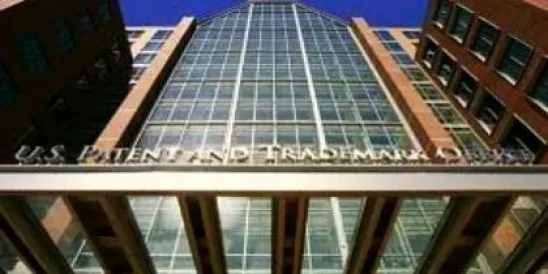The table below provides a brief summary of the new options for challenging patents that will become available after final enactment of the America Invents Act. Of course, District Court litigation and ITC proceedings will still be available and are not included in this summary. For each of the proceedings outlined below, there is no presumption of validity as to the patent, the standard of proof is preponderance of the evidence, and the claims will be given their broadest reasonable construction in light of the specification. However, the proceedings differ, for example, with respect to timing and the extent to which the challenger is involved in the proceeding. Nonetheless, each option can serve as a valuable tool when considering the enforcement, licensing, valuation, transfer, or sale of a U.S. patent. Choosing the best option requires careful consideration.
Knowledge of patent litigation in the courts and at the U.S. International Trade Commission and extensive experience in patent prosecution, interferences, reexaminations, reissues and appeals at the USPTO afford a clear and comprehensive view of the strengths and weaknesses of each of these options from a practical perspective.
| Post-Grant Review (35 U.S.C. §§ 321-329) |
Inter PartesReview (new 35 U.S.C. §§ 311-319) |
Supplemental Examination (35 U.S.C. § 257) |
Derivation Proceeding (35 U.S.C. § 135) |
Preissuance Submission (35 U.S.C. § 122) |
|
| Timing: |
|
The later of: (i) >9 months after issuance or reissuance of the patent; or
|
After issuance of patent |
Within the one year period beginning on the date of first publication of a claim to an invention that is the same or substantially the same as the earlier application’s claim to the invention. PTAB may defer action on a petition for a derivation proceeding until 3 months from issuance of a patent that includes the claimed invention and that is the subject of the petition. May also defer proceeding until termination of a proceeding under Chapter 30, 31 or 32 involving the patent of the earlier applicant. |
Before the earlier of:
|
| Standard to institute: |
Petition must demonstrate that, if the petition is not rebutted, it is more likely than not that at least one challenged claim is unpatentable.
|
Reasonable likelihood that petitioner will prevail with respect to at least 1 of the challenged claims
|
If the new information raises a substantial new question of patentability, the PTO will order reexamination. | Petition shall set forth with particularity the basis for finding that inventor named in an earlier application derived the claimed invention from inventor named in the petitioner’s application and, without authorization, filed the earlier application claiming such an invention. | Must set forth a concise description of the asserted relevance of each submitted document. |
| Challenge based on: |
Any ground for invalidity, e.g., prior publications, public uses, sales, and offers for sale, inadequate written description or lack of enablement.
|
Patents and printed publications |
Statute does not limit the submitted information to patents or printed publications.
|
Substantial evidence that forms the basis for finding that an earlier applicant derived the claimed invention from the petitioner and, without authorization, filed an application claiming such invention. | Patents, published patent applications and printed publications of potential relevance to the examination of the application. |
| Impact on other proceedings |
A final written decision estops petitioner from later requesting or maintaining another PTO proceeding with respect to a patent claim on any ground the petitioner raised or reasonably could have raised during the post-grant review.
|
A final written decision estops petitioner from later requesting or maintaining another PTO proceeding with respect to a patent claim on any ground the petitioner raised or reasonably could have raised during the inter partes review.
|
A patent may not be held unenforceable based on conduct relating to information previously considered in supplemental examination, provided that therequest for supplemental examination was filed beforeunenforceability is alleged in a civil action or in a “notice letter” from a potential generic drug manufacturer. Supplemental examination cannot cure fraud on the PTO. |
Final decision, if adverse to claims of a patent, if no appeal is taken, shall constitute cancellation of those claims. Civil actions arising from derivations proceeding still available. |





 />i
/>i

